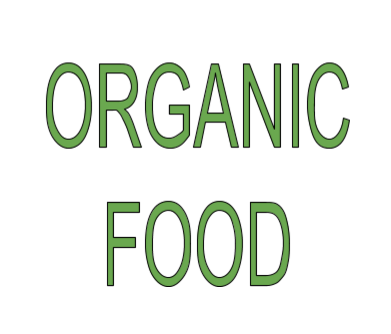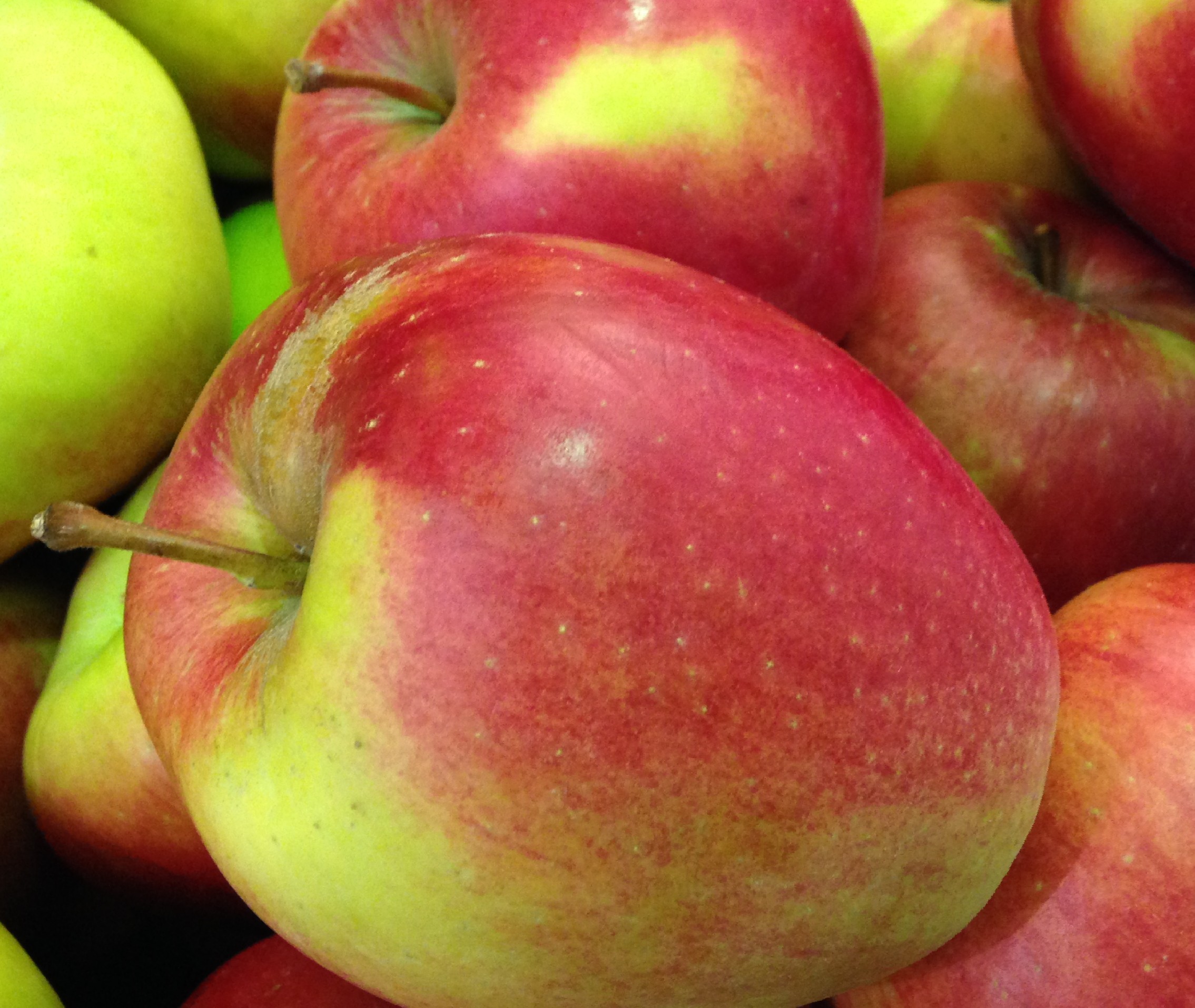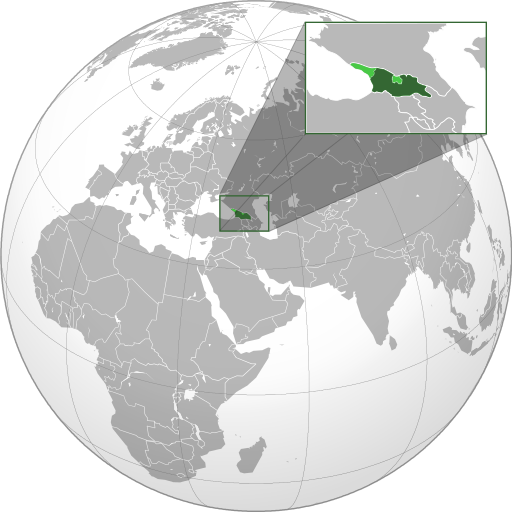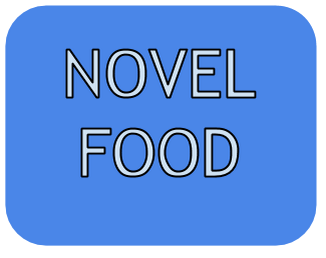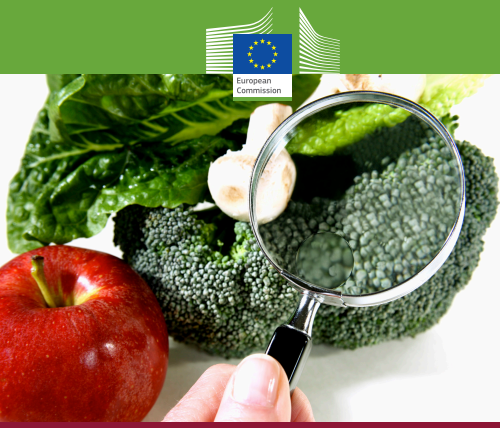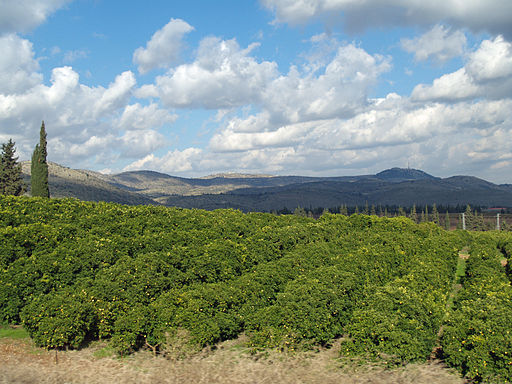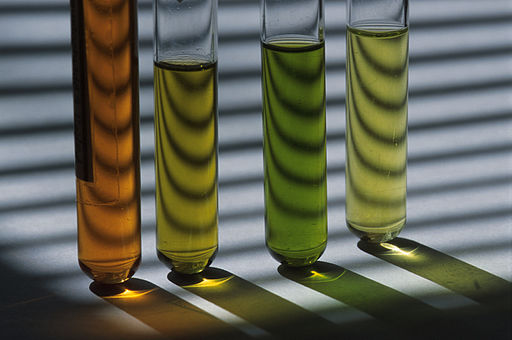
The presence of the contaminant perchlorate in vegetables, fruit and other foods is to be monitored in the EU, following a recommendation by the European Commission.
The Commission says more data is needed on the occurrence of the residue in food in Europe – especially in vegetables, infant formula, milk and dairy products –– to improve the accuracy of risk assessments.
“High levels have been found in Cucurbitaceae and leaf vegetables especially those grown in glasshouse/under cover,” it said.
It said perchlorate occurs naturally in the environment, but also as an environmental contaminant arising from the use of nitrate fertilisers and from the manufacture, use and disposal of ammonium perchlorate used in rocket propellants, explosives, fireworks, flares and air-bag inflators and in other industrial processes. Perchlorate can also be formed during the degradation of sodium hypochlorite used to disinfect water and can contaminate the water supply. “Water, soil and fertilisers are considered to be potential sources of perchlorate contamination in food.”
In its opinion on the risks for public health related to the presence of perchlorate in food, the European Food Safety Authority (EFSA) Panel on Contaminants in the Food Chain (Contam Panel) concluded that chronic dietary exposure to perchlorate is of potential concern, in particular for the high consumers in the younger age groups of the population with mild to moderate iodine deficiency. Furthermore, it is possible that short-term exposure to perchlorate is of concern for breast-fed infants and young children with low iodine intake, it warned.
In a statement on the presence of perchlorate in food, the Commission Directorate-General for Health and Food Safety acknowledged that “divergent approaches as regards the issue of perchlorate in fruits and vegetables have resulted in problems/tensions in intra-Union trade.” It said a harmonised enforcement approach would be appropriate that takes into account “the consumer health protection and what is feasible and achievable taking also into account good practices and regional differences.”
Revised maximum perchlorate concentrations to be used as a reference for intra-Union trade – applicable as of March 16 this year – include:
Fruits and vegetables: 0.1 mg/kg
with the exception of
– Cucurbitaceae and leafy vegetables: 0.2 mg/kg, except
– – celery and spinach grown in glasshouse/undercover 0.5 mg/kg
– – herbs, lettuce and salad plants, including rucola, grown in glasshouse/under cover 1.0 mg/kg
The leafy vegetables grown in glasshouse/under cover have to be labelled as such (or be reasonably demonstrated as being from such production in case of non-compliance with the specific level for open air production) for the application of the specific level as reference value established for the leafy vegetables grown in glasshouse/ under cover. In the absence of such a labelling (or subsequent proof of origin), the levels as reference values for intra-Union trade established for leafy vegetables grown in the open air shall apply.
Sources:
COMMISSION RECOMMENDATION (EU) 2015/682 of 29 April 2015 on the monitoring of the presence of perchlorate in food
EUROPEAN COMMISSION DIRECTORATE-GENERAL FOR HEALTH AND FOOD SAFETY: Statement as regards the presence of perchlorate in food endorsed by the Standing Committee on Plants, Animals, Food and Feed on 10 March 2015, updated on 23 June 2015
Test tube image: CSIRO via Wikimedia Commons


